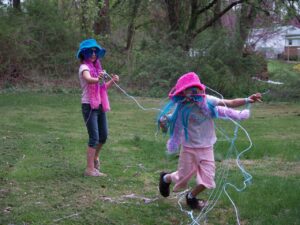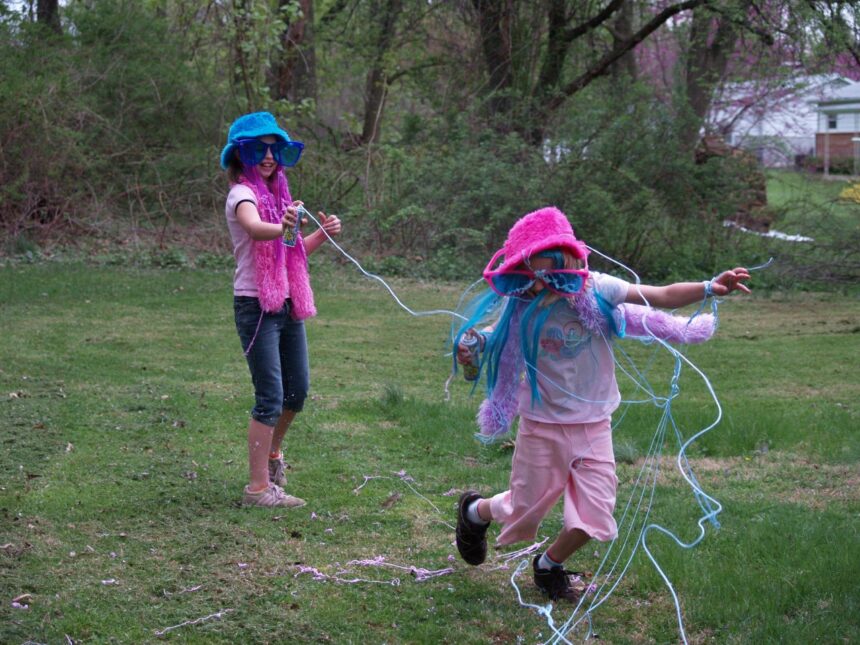
When my little brother rubbed poison ivy leaves on a toilet seat and got kicked out of summer camp at 8 years old, my first thought was: “What a dumb prank.”
I did not think this because the prank was unfunny or cruel (on the contrary, I congratulated him on the concept). Rather, it was because he wore socks on his hands while handling the poison ivy.
Socks are made of holes. Poison ivy’s toxic compounds ooze in the form of an oil called urushiol. This oil moves easily through socks.
The concept? Great. The execution? Poor.
Anyway, once my brother emerged from the hospital, with steroids in his veins and a sheepish expression on his face, our parents had to drive four hours to pick him up and bring him back home. He was expelled from camp.
And you know what? Good for him. Pranking is a dying art, and it needs pranksters. It also needs a defense.
It’s become a platitude to say that children today are no longer allowed to be children, but it’s true. Boys especially are no longer allowed to be boys. There are many possible explanations for this, but the most obvious one might be that adults cultivate an atmosphere of specious fear, in which children cannot be themselves.
Allow me to recall an anecdote from fifth grade: Four or five boys all wore blue collared shirts to school, and their teacher promptly sent them to the principal’s office for “exclusion.” The principal accused them of bullying and sent them home to change. Later, he (the principal) called an emergency assembly to lecture the fifth graders on this form of bullying.
In such a sententious atmosphere, adults collapse children’s behavior into two categories: “bullying” and “not bullying.” As long as little boys’ behavior is demure and predictable, they are “not bullying.” As soon as tussles break out, or someone pulls a prank, or (God forbid) their shirts match, they are suddenly “bullying.”
This dichotomy not only loses all nuance, it fails to recognize a key truth: Pranks and similar mischief serve an important social role by bringing the putative victim into a group. A New York Times article, “The Purpose of Pranks,” summarizes psychological findings showing that (good) pranks become a form of ritual inclusion.
The prankster and the victim are in on the same joke, and pulling pranks helps define boundaries of acceptable behavior beneath the comfortable penumbra of this implicit joke. Punishing pranks unduly, in other words, stunts the social and emotional growth of young people.
Writing a defense of pranks is still tough, though: The priggish attitude I’m trying to push against only becomes visible with oblique glances. This is because, in the internet’s imagination, pranks are fine when they remain abstract. An article on Vice titled “Pranks Are Bad” begins by admitting that its titular sentence is “an unpopular opinion.”
However, when pranks become real life, outrage follows. Pranks should allow both prankster and victim to learn self-government without the sententious intervention of authority.
There is a difference between a good and a bad prank. The fact that I need to draw this distinction suggests the bankruptcy of moral discourse surrounding this issue. A defense of pranking is not the same as a defense of hazing. Good pranks involve emotional intuition, and probably don’t leave you with a rash.
The camp that kicked my brother out, TCDC (Tennessee Camp for Diabetic Children) has a robust tradition of pranking. It welcomed my brother back the following summer, where he promptly filled the showers with folding chairs.
So go forth, commit mischief. Psychology supports your behavior. But please, if you get any ideas from this article, don’t wear socks on your hands.

